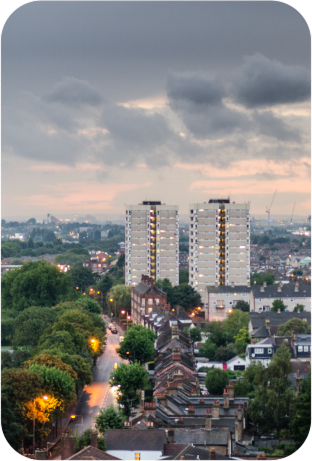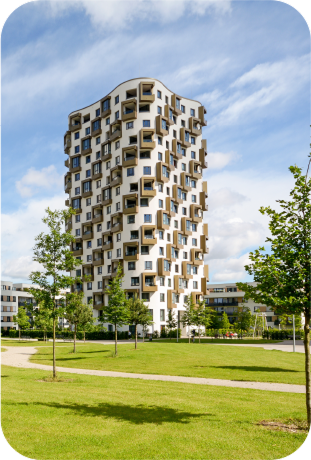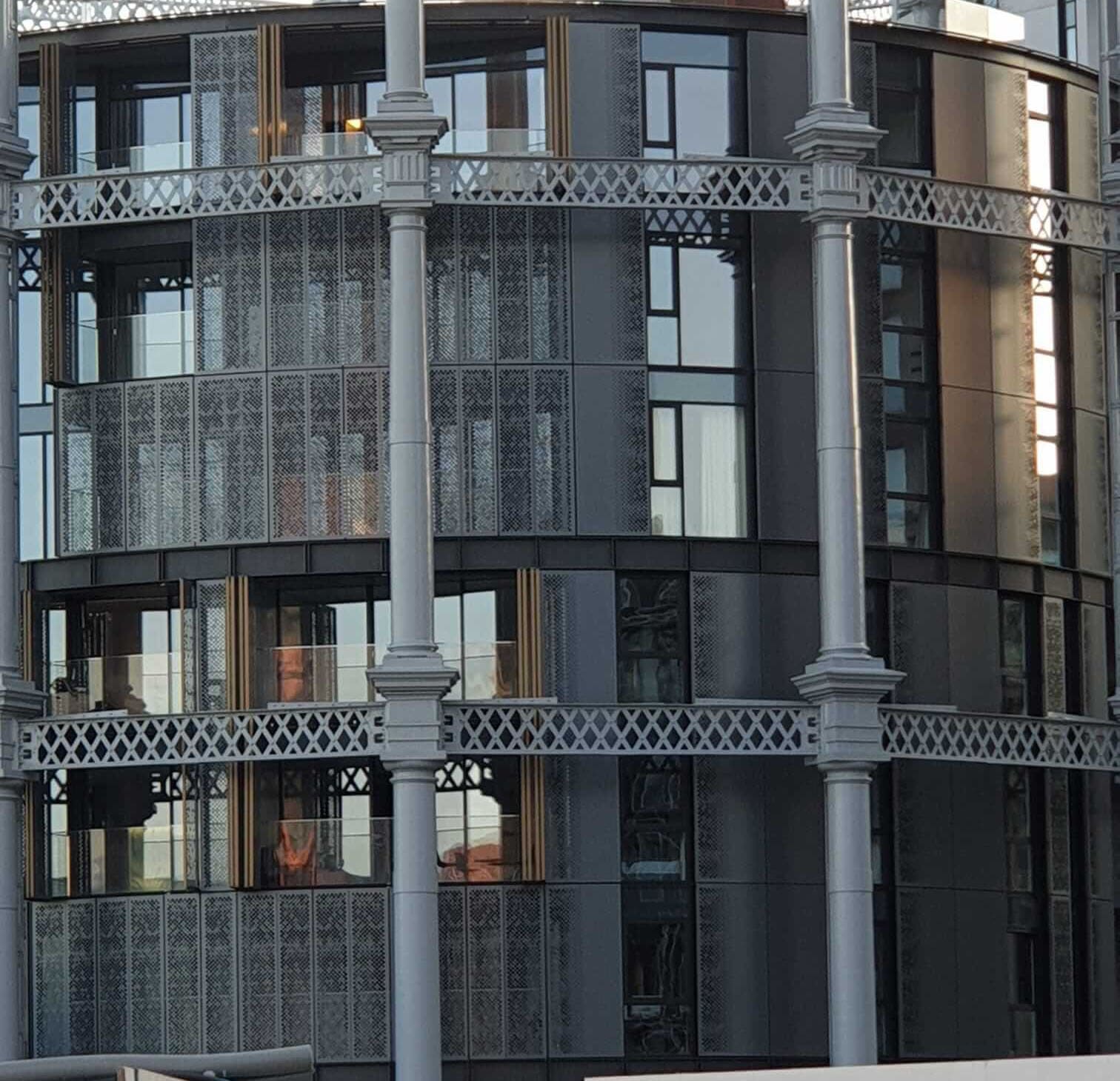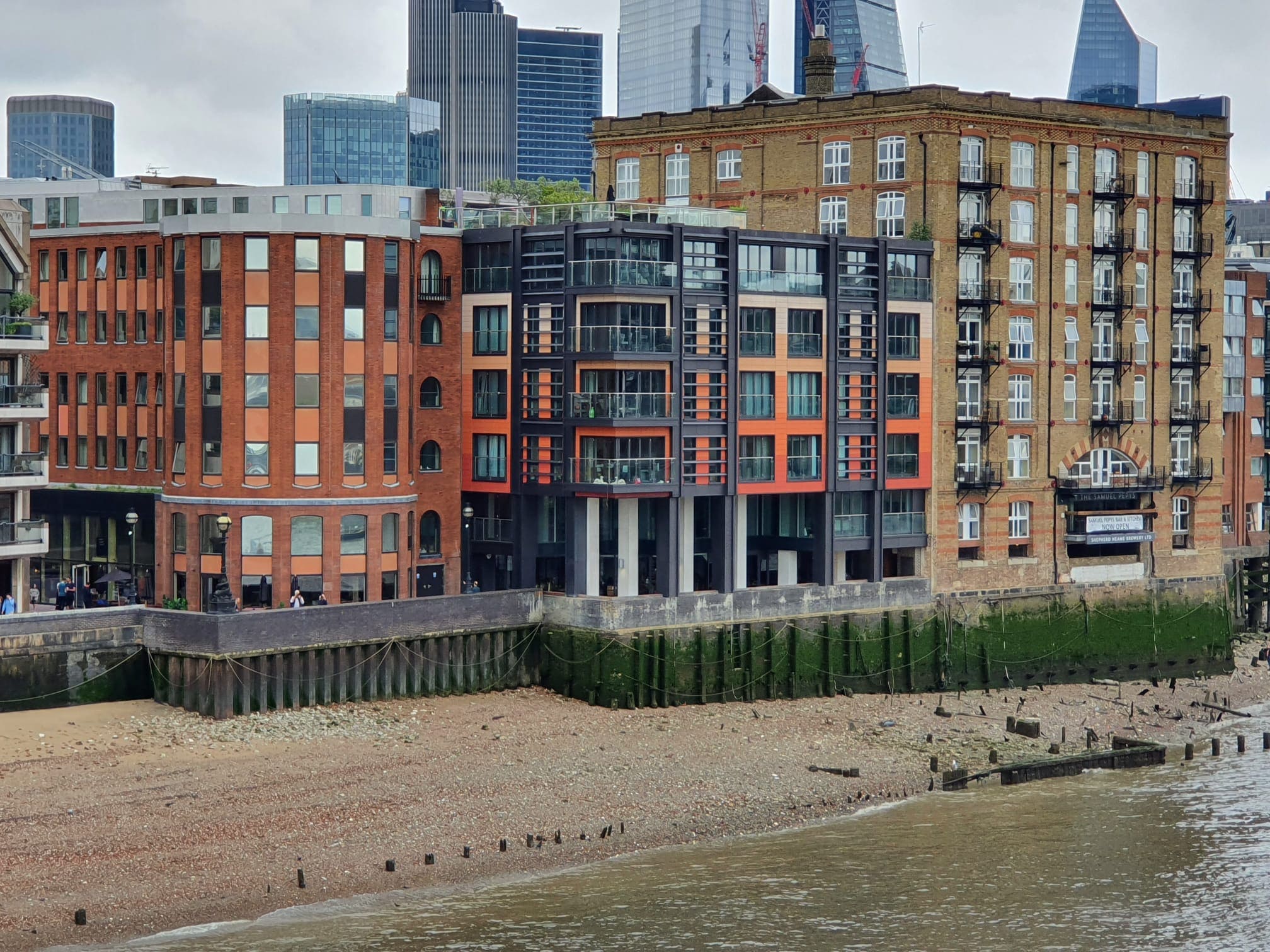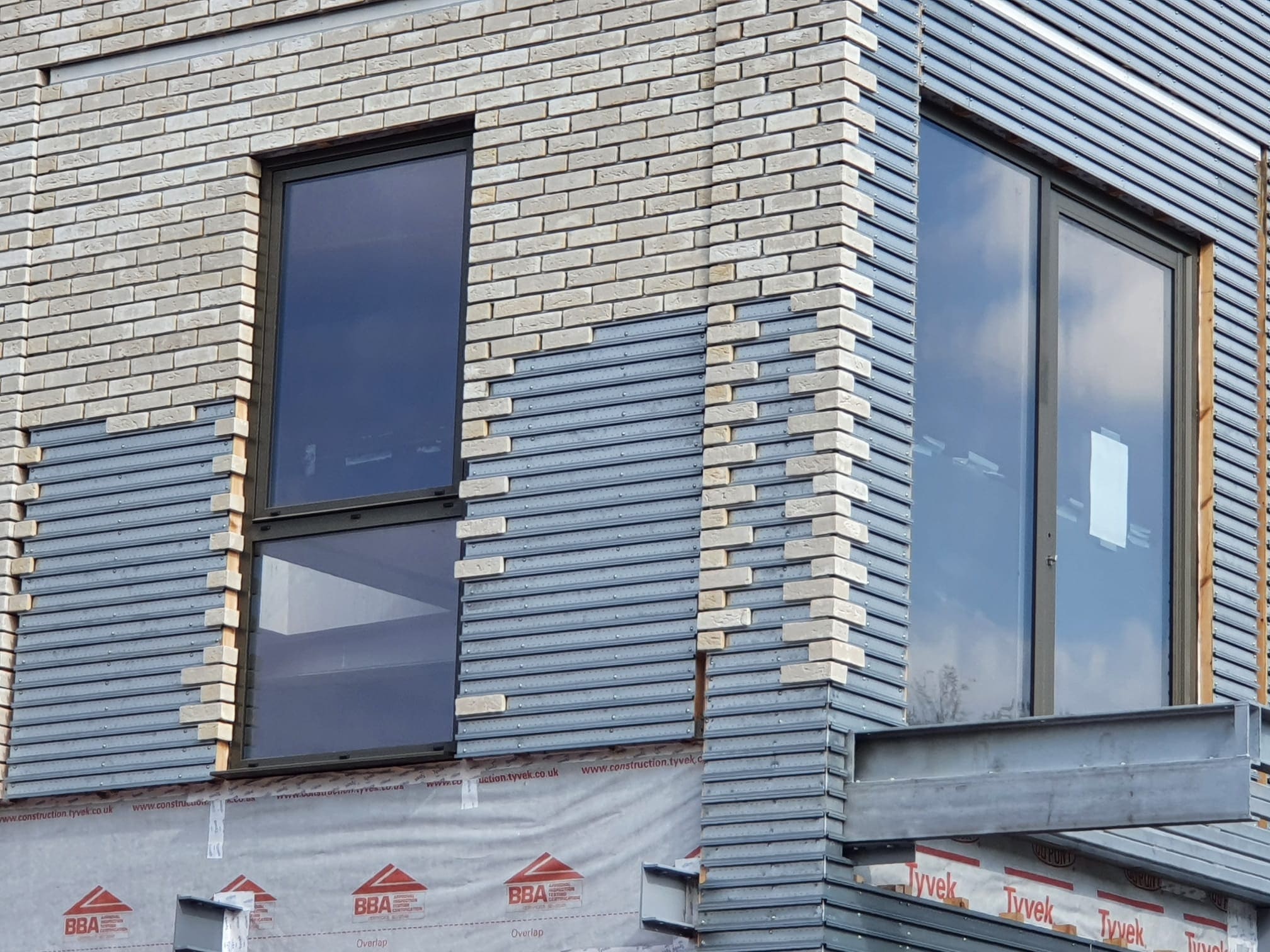 540
540
 0
0
Issue on Space Standards
Earlier this week, we discussed the extension of permitted development (PD) rights, which allows developers to convert various types of buildings into residential units without the need for full planning permission. However, one major issue that has consistently arisen from these relaxed rules is the size of the homes being built. Some developers have been accused of exploiting these planning freedoms by constructing extremely small residential units. This practice raises broader concerns about the adequacy of housing, especially in a time when affordable living spaces are increasingly scarce.
Government’s Response to Space Standards
The Government has responded to concerns over small, substandard living spaces by introducing new regulations. All new homes in England delivered through permitted development rights must now meet national space standards. These standards ensure that new one-bedroom flats with a shower room must be at least 37 square meters (or 39 square meters with a bathroom). However, for homes built in London, different, slightly larger space requirements apply due to the high demand for housing in the capital. This move is designed to address some of the concerns about quality and livability in newly constructed homes under PD.
Is Bigger Always Better?
At first glance, it may seem logical that bigger homes are always better, but this assumption does not necessarily hold in the context of the current housing crisis. With home ownership increasingly out of reach for many, particularly in expensive areas, there is a case to be made for smaller homes. For single people, young professionals, and even couples, smaller homes can offer a more affordable alternative to renting. Instead of focusing solely on the size of homes, the focus could shift to offering a variety of housing options to suit different needs and budgets, rather than enforcing strict minimum space requirements that may not always be necessary or beneficial.
The Rise of the Tiny Homes Movement
Across the globe, the tiny homes movement has been gaining momentum, particularly in countries like the United States, Canada, and Australia. This movement highlights the fact that, with the right design and efficient use of space, very small homes can provide an affordable, practical living solution. Features such as clever storage solutions, modular staircases, compact appliances, and multifunctional furniture allow these homes to maximize space and make them highly functional. In this sense, tiny homes challenge the notion that bigger is always better, demonstrating that smaller homes can be both comfortable and efficient.
Quality Over Size
Smaller homes do not inherently mean poor quality. The key to successful compact living spaces lies in design and construction standards. As long as these homes comply with safety regulations, adhere to energy efficiency standards, and are built with high-quality materials, they can offer a comfortable and sustainable living experience. Many modern small homes are equipped with energy-efficient features, durable materials, and smart design solutions, ensuring that size does not come at the expense of quality. In fact, when designed well, smaller homes can offer a higher quality of living due to their reduced environmental impact and lower maintenance costs.
Could Tiny Homes Work in the UK?
Although the tiny homes movement has primarily gained traction in countries like the USA and Australia, it is starting to make its way into the UK as well. There is a growing call for local councils to designate specific areas for small, affordable homes, which could provide an innovative and sustainable solution to the housing crisis. With careful planning and policy changes, tiny homes could become a viable housing option in the UK, particularly for first-time buyers, students, or individuals looking to downsize. As the country faces increasing pressure to provide more affordable housing, tiny homes could offer a unique way to address the needs of the population, balancing affordability with efficient use of space.





Meet our Expert Property Commentators

















